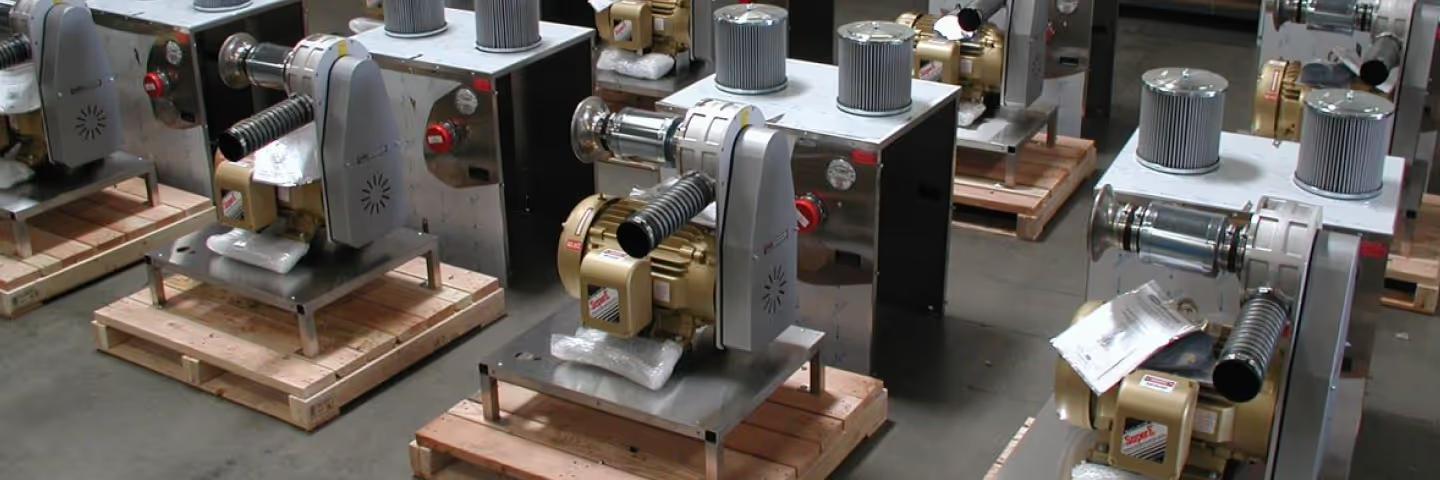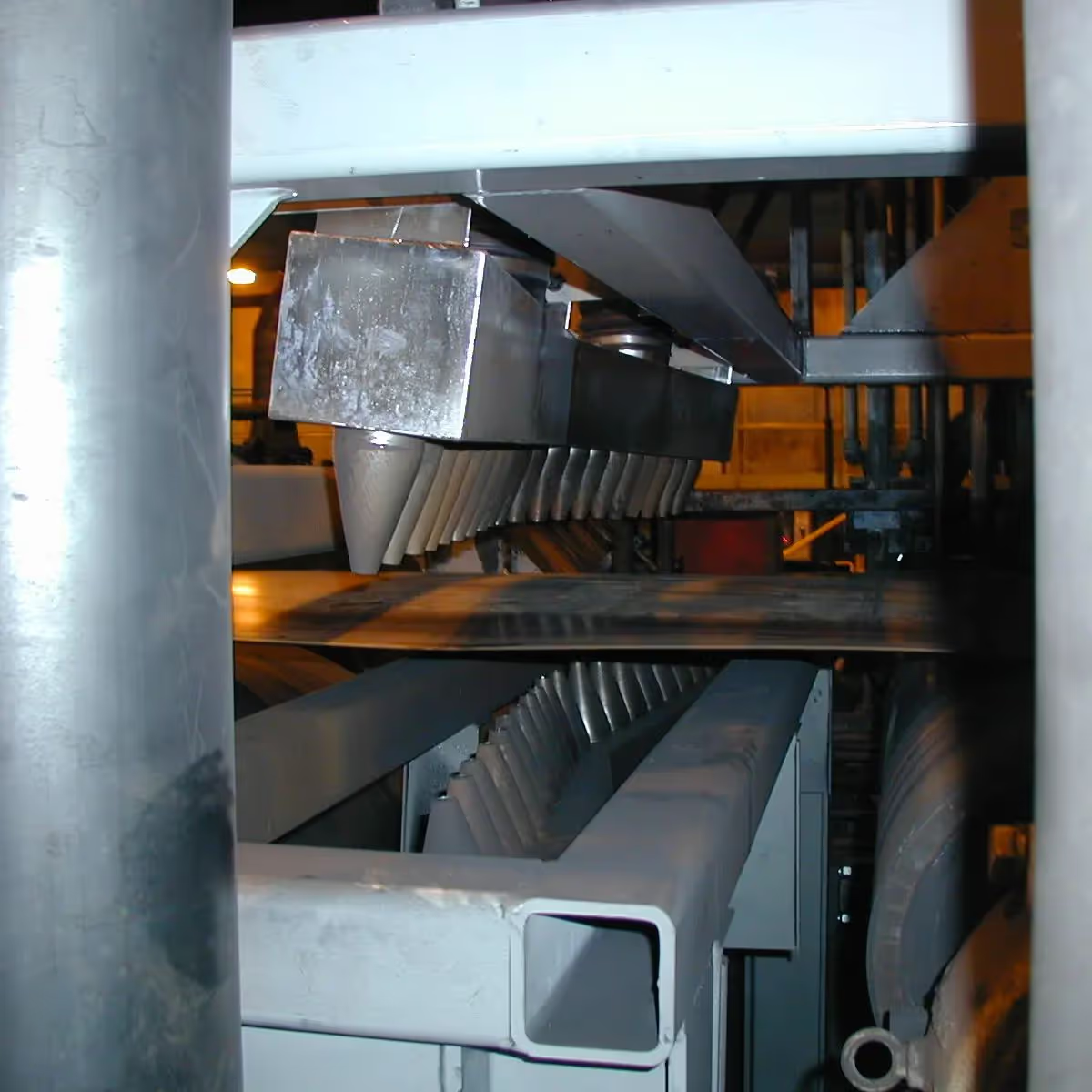CASE STUDIES

Sonic’s 30 Years of Theme Park Special Effects & High-Velocity Air Delivery Prove Vital for the Latest Generation of Aircraft Training Simulators


Overview
The development of today's military and first responder aircraft training simulators owes much of their realistic operating environments to the video gaming and theme park industries. These simulators incorporate visual, audio, and motion elements, as well as smell, to recreate authentic cockpit conditions. They also feature special effects that allow both cabin and flight deck crews to train in the most realistic mission-critical scenarios.
Sonic Air Systems, known for its work on theme park projects worldwide, also plays a key role in aviation sensory training by providing aircraft trainees with sensory experience. High-velocity exterior air blasts replicate in-flight routine and emergency interactions with exterior air velocities.
Solution
For one recent group of simulators, Sonic was tasked with designing air delivery manifolds and the blowers that power them to create a precise high-velocity airflow across the entire width and height of doors, windows, and ramps while the aircraft is operating at various speeds and conditions.
Each Sonic High-Velocity Air Simulation System includes low-profile air delivery headers ranging from 12" (30.5 cm) to 72" (183 cm) in length, multiple blower/motor assemblies from 2Hp (1.5 kW) to 7.5Hp (5.5 kW) with inlet filter silencers, complete piping, and couplers, along with both standard and custom Sonic mounting brackets for full simulator installation.
Result
When combined with the other four sensory effects, Sonic's high-velocity air streams at multiple points help create an immersive experience for crews, simulating conditions as close to reality as possible, including severe turbulence. The High-Velocity Air Simulation System achieves air header velocities of 14,000 FPM (71 M/sec) at each point while operating at less than 82 dBA from 3 feet (91 cm) away. Sonic leverages its show business experience to enhance the safety of those who face life-or-death situations. After all, a well-trained crew is a safer, higher-performing crew.
Related Products

Centrifugal Blowers and Models

Centrifugal Blowers and Models


